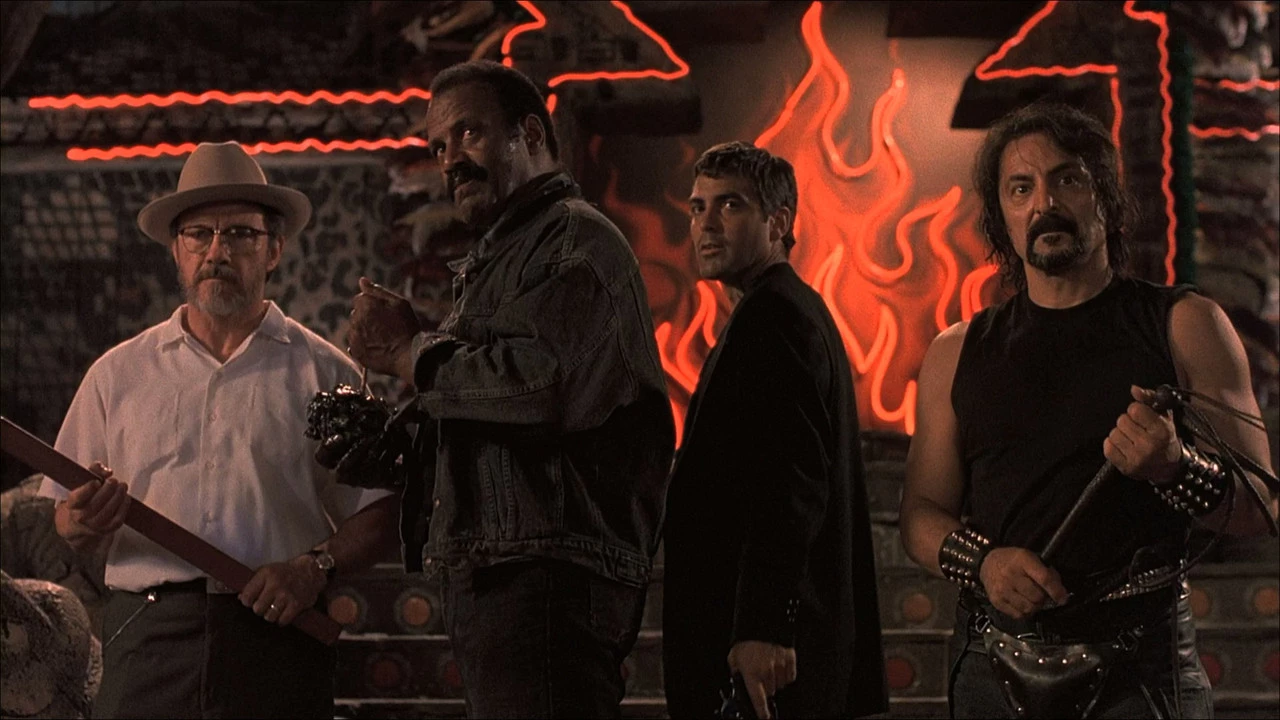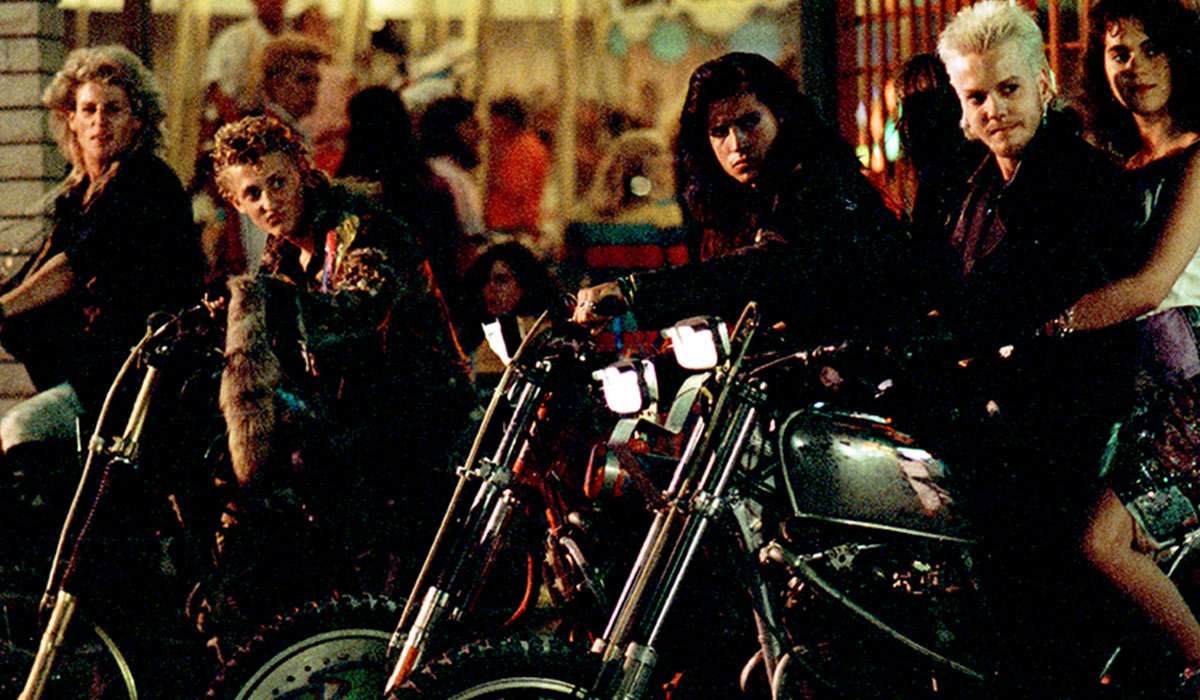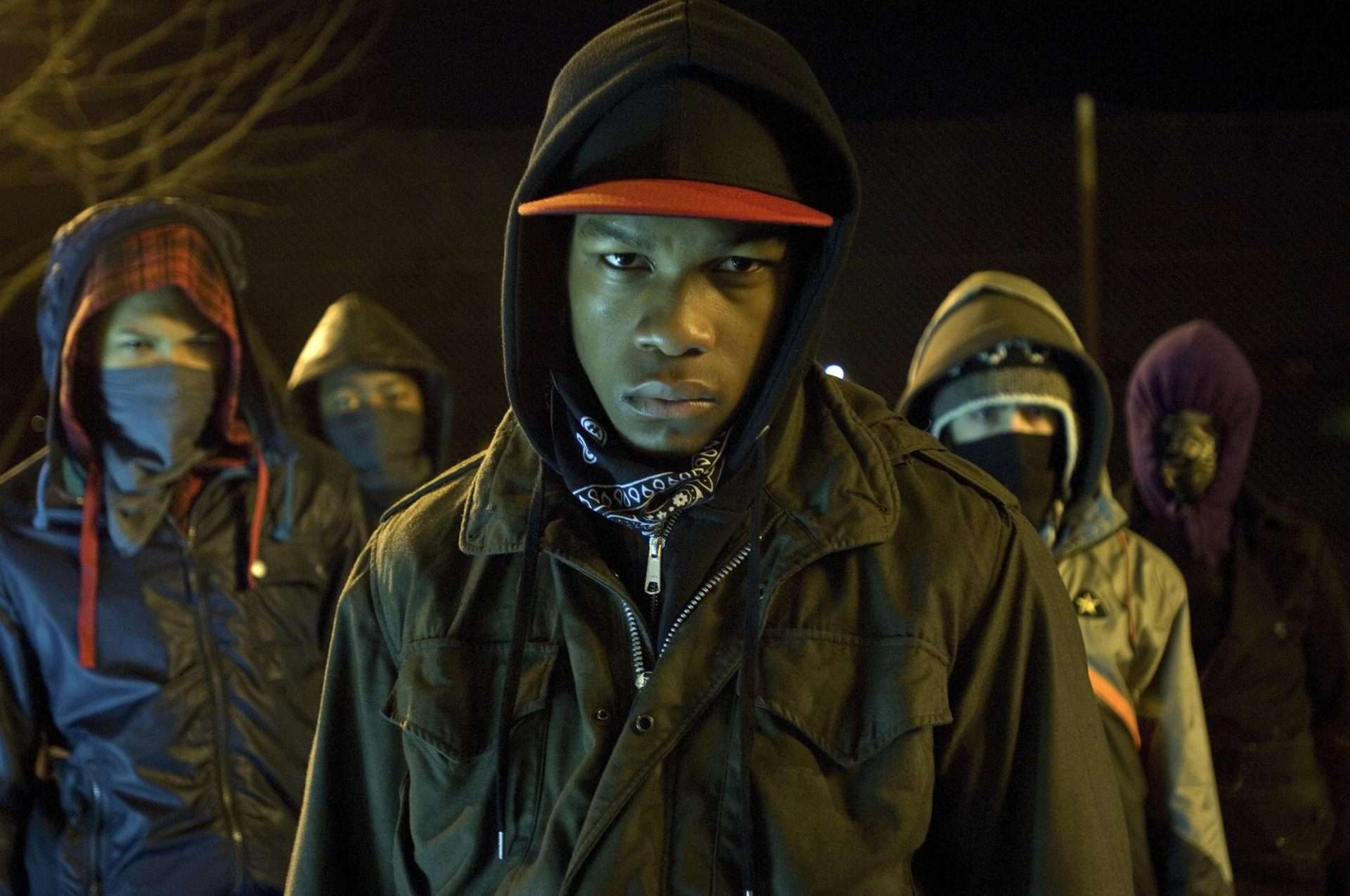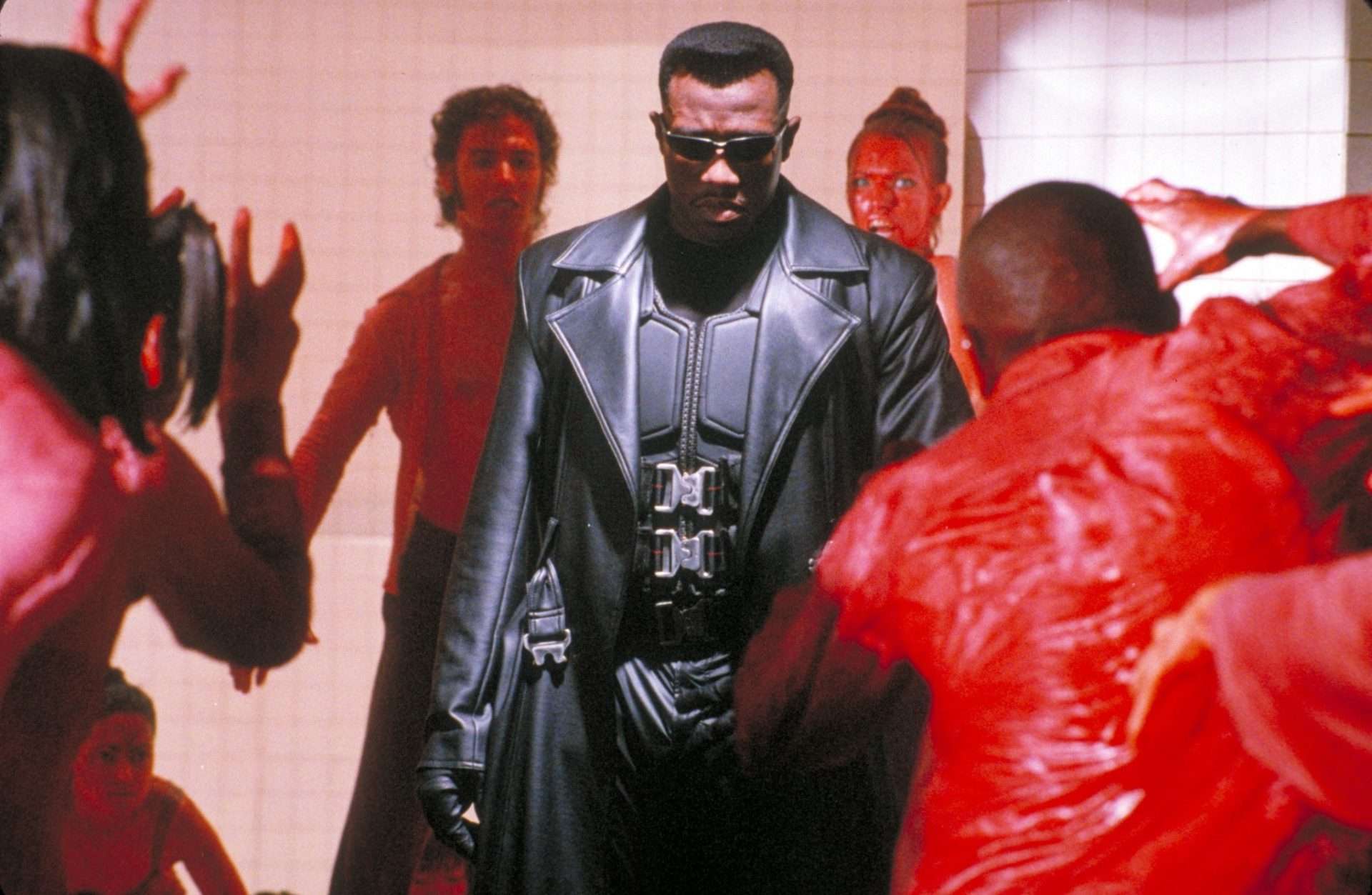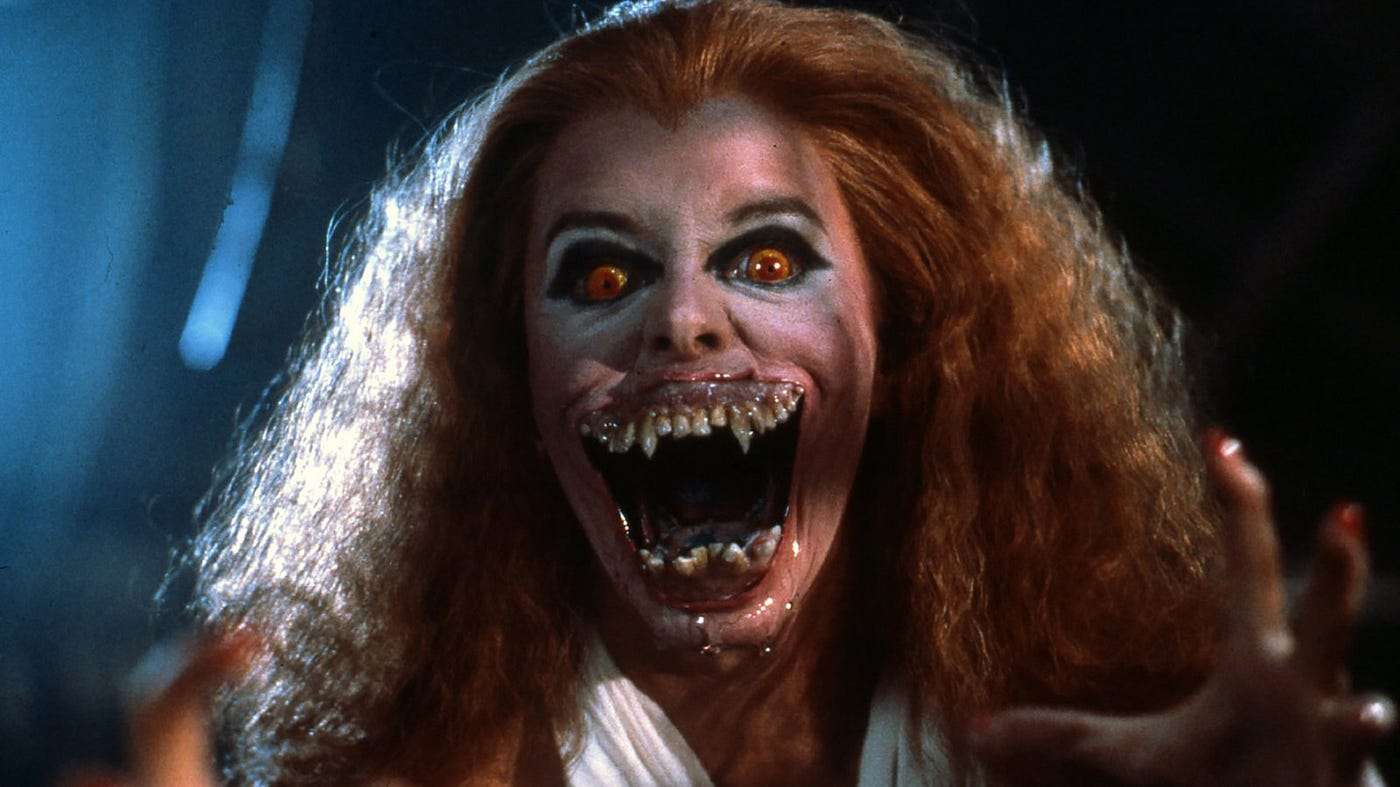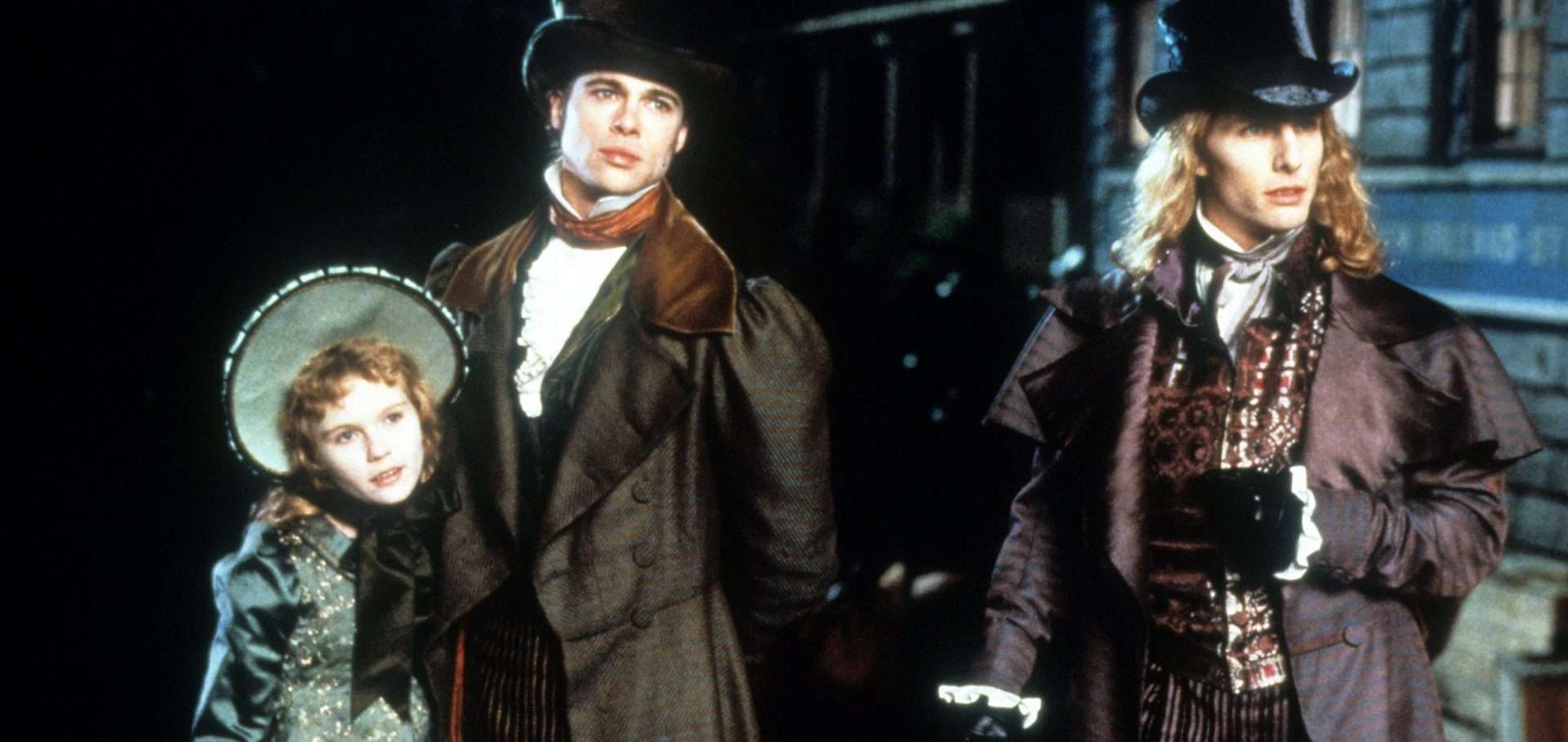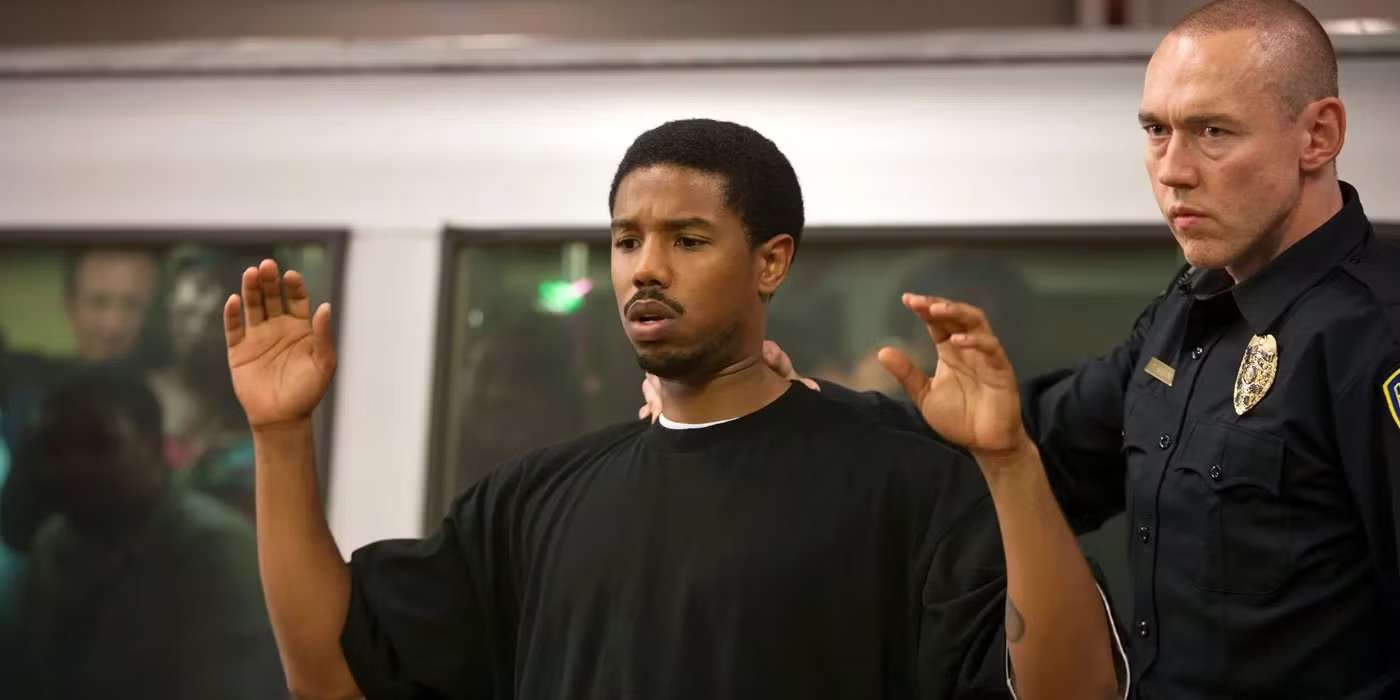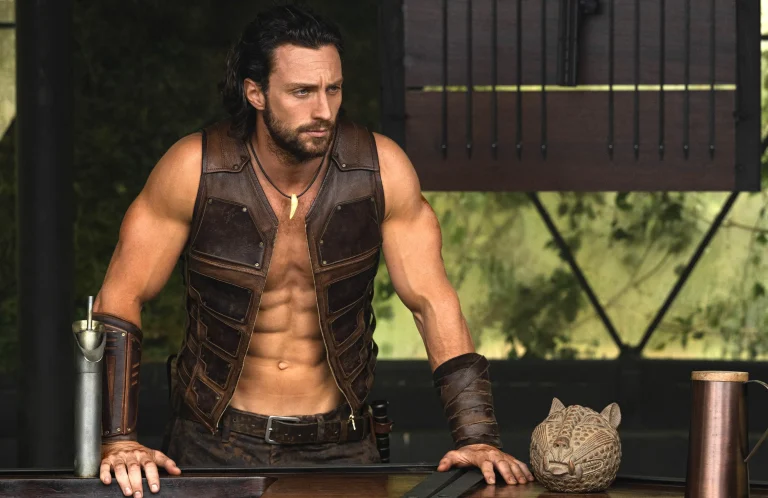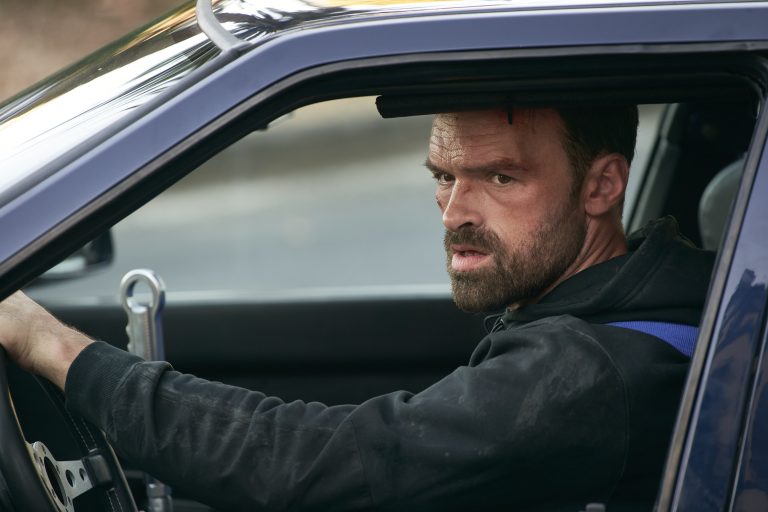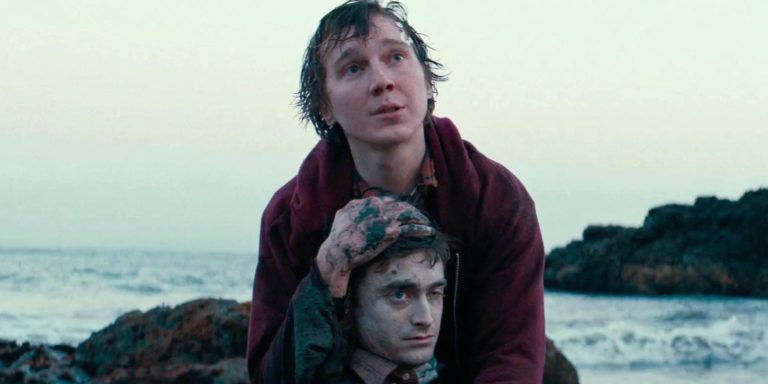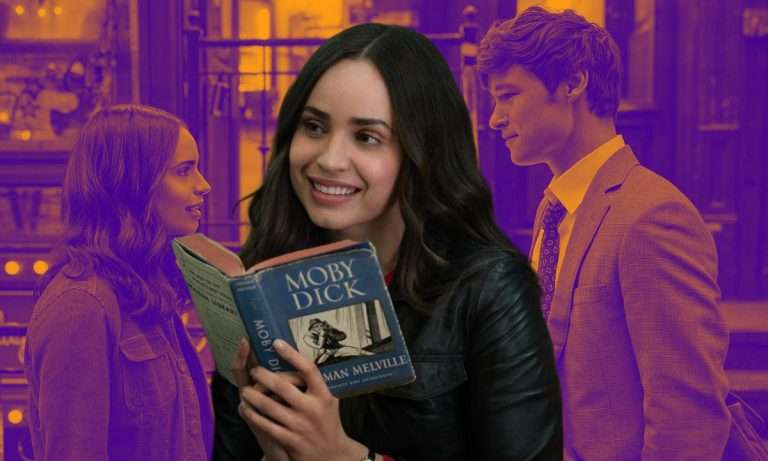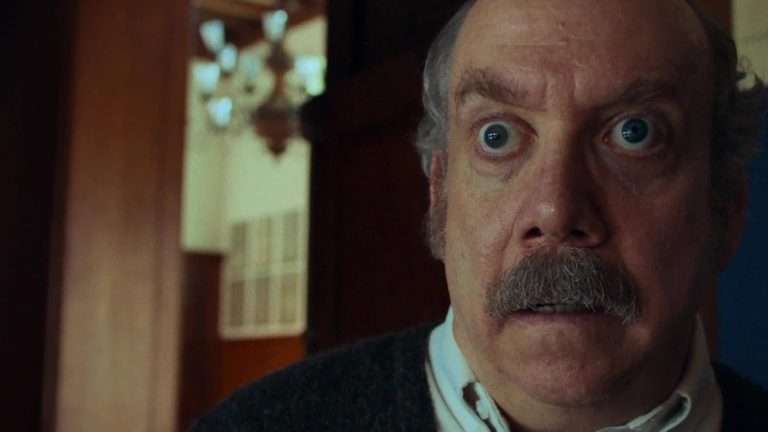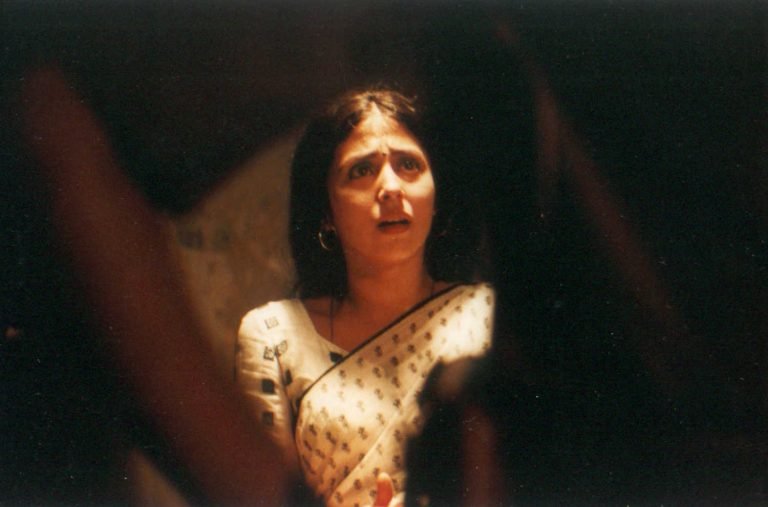2025 has been a relatively disappointing year for film thus far. Between big-budget disappointments like “Captain America: Brave New World” and underwhelming genre breakouts like “Death of a Unicorn” and “Opus,” it’s hard to feel like the first few months of the year will be anything but a miserable period of time to be a cinephile. Nonetheless, Ryan Coogler was finally given the freedom to make a completely original genre film with “Sinners,” and to no one’s surprise, managed to capture the popular culture zeitgeist with an inventive mix of action, scares, humor, and heart.
“Sinners” is in many ways the ideal cinematic experience. While there’s enough substance within Coogler’s social and historical commentary to appease those who seek a deeper experience, the film is also entertaining as a crowd pleaser, so it should still be entertaining for those who are only wanting to see action and suspense.
The impressive box office haul for the film indicates that Coogler himself has become a drawing factor, a feat that has only been accomplished by rare directors like Christopher Nolan, Jordan Peele, Quentin Tarantino, and Denis Villeneuve, among others. Although “Sinners” is unprecedented, those enamored by it have a wealth of options available to them. Here are eight movies to watch if you liked “Sinners.”
1. The Thing (1982)
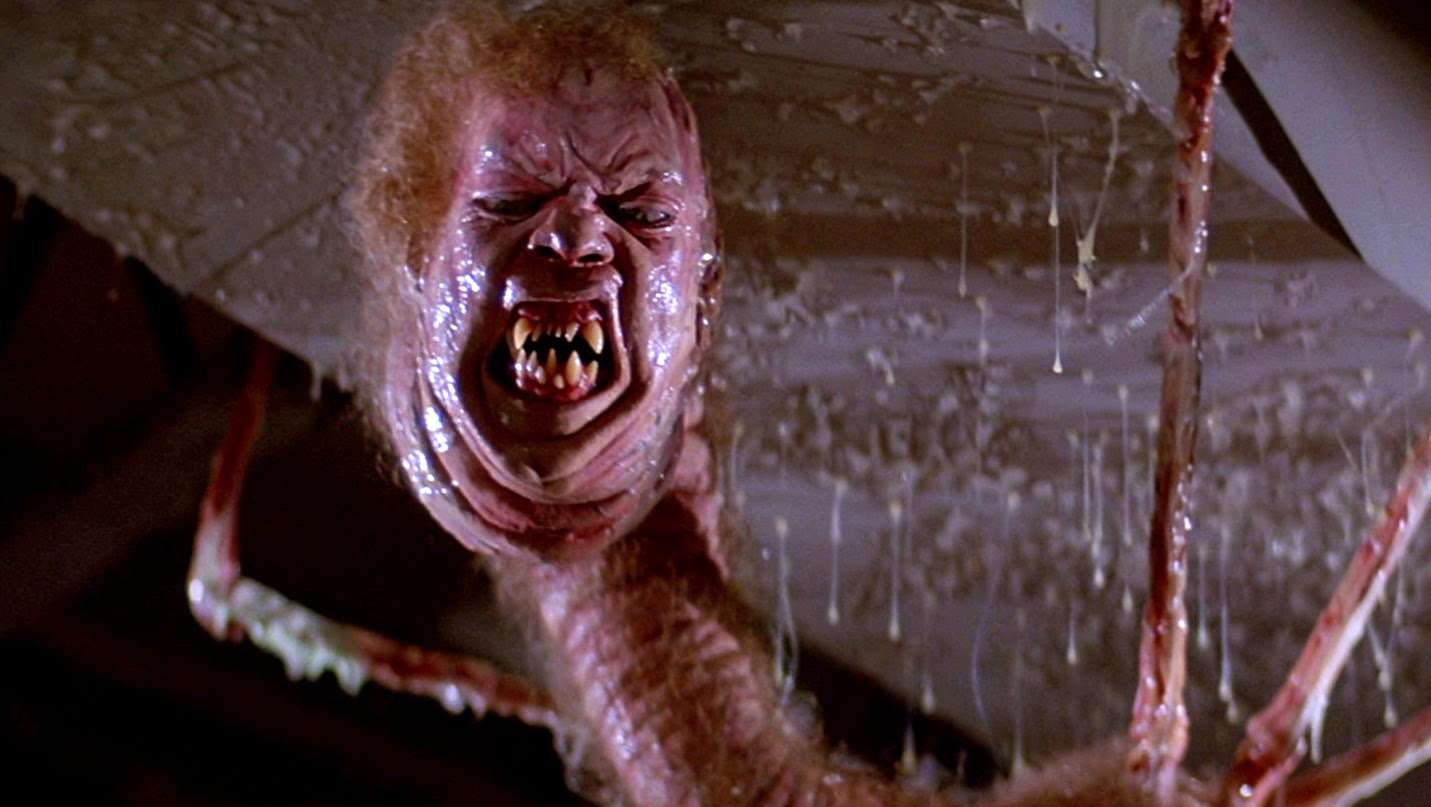
The influence of John Carpenter is evident throughout “Sinners,” as Coogler was clearly inspired by the religious paranoia of “Prince of Darkness,” the social commentary of “They Live,” the mythological undertones of “The Fog,” and the tactile action of “Assault on Precinct 13.” However, the use of practical effects, the unrelenting darkness of an endless night, and the terror of not being able to trust familiar faces are deeply indebted to “The Thing,” which remains one of the greatest horror films ever made.
“The Thing” may have been a remake of a 1950s B-movie, but Carpenter elevated the original material by creating a confined, claustrophobic setting in which the blood, sweat, and tears of his characters could be felt at every moment. Although there is a timeless quality to the notion of a faceless creature that preys upon men’s insecurities, Carpenter’s approach felt particularly relevant in the Cold War, in which the practices of Reaganism led to a greater sense of divisiveness.
“The Thing” is as propulsive as horror cinema can get, as each set piece leaves behind another lagging question. The fact that the ending is still hotly debated to this day is evidence enough that Carpenter tapped into something elemental that has proven to be quite difficult to replicate.
2. From Dusk Till Dawn (1996)
“Sinners” is brilliant in how it steadily announced that its actually a vampire movie; by gradually crafting a vibrant southern epic about the realities of race relations in the Jim Crow era of America, Coogler was able to scare his audience with historical truths, thus making them vulnerable to the supernatural horror at play. The same could be said for Robert Rodriguez’s highly influential vampire thriller “From Dusk Till Dawn,” which viewers could have easily mistaken for a crime drama in the vein of “Reservoir Dogs” had they only stayed for the first 30 minutes.
“From Dusk Till Dawn” is unambiguously a western, yet one that is set in the modern day and deals with an ancient source of bloodsucking evil. While Rodriguez embraces the pulpy roots of the genre with no small amount of gore and blood, there’s an individuality to each of the vampires that ensures that the worldbuilding is at its best. Quentin Tarantino’s performance may have left something to be desired, but his additions to the screenplay allowed for the snarky, cutting dialogue to come through. As for George Clooney, this was the film that proved that the “E.R.” star had what it took to be a matinee idol.
3. The Lost Boys (1987)
Although the older literature of “Dracula” and “Dorian Gray” may have convinced a generation that vampire stories were all labored, psychosexual romantic epics, it was up to Joel Schumacher to prove that the subgenre could be a whole lot of fun. Coogler certainly embraced the entertainment value of “Sinners” with his brilliantly crafted third-act action sequence, but Schumacher’s breakthrough 1987 film “The Lost Boys” made vampires seem cool for the “Brat Pack” generation.
If “The Goonies” and “Gremlins” playfully teased kids with the notion of adult issues, then “The Lost Boys” threw its characters into a terrifying nightmare in which the “grown-ups” that surrounded them were completely ignorant of the ongoing battle for humanity’s soul.
The vampires in “The Lost Boys” were not antiquated aristocrats with frivolous manners, but punk rock gangsters whose charisma was only matched by their ruthlessness. Schumacher was known for his capacity for extravagance, but the maximalism of “The Lost Boys” never sacrificed the pure horror of its bloodsucking antagonists. Kiefer Sutherland’s immortal performance reshaped the popular conception of what a vampire could be; while vampires are meant to span the largest swaths of time, their stories are often concentrated on reconnecting with the fruits of youth.
4. Attack the Block (2011)
One of the biggest takeaways from “Sinners” is that originality does not come from just premise, but due to perspective. Coogler offered insights on the realities of being a black artist in America in a film that explored the lingering effects of generational trauma, the economic war against reconstruction, and the horrors of cultural appropriation. While it’s far less pointed in the parallels that it draws to today’s society, Joe Cornish’s astonishing directorial debut “Attack the Block” took the battle against aliens to the streets, where a group of urban outsiders were tasked with saving humanity.
Also Read: 6 Gritty Movies Like Kraven That Explore Obsession, Violence, & Survival
Although “Attack the Block” is clearly designed to introduce a younger generation to a genre that they may not have ever been exposed to before, it’s evident that he has a deep love of the classics. It’s easy to see how “War of the Worlds,” “Invasion of the Body Snatchers,” and even “Independence Day” shaped his concept of what an alien invasion would look like in the 21st century. Years before becoming a global superstar as a result of his performance as Finn in “Star Wars: The Force Awakens,” John Boyega broke out with a charismatic, slick performance in “Attack the Block” that served as the perfect perspective for this out-of-the-box midnight adventure.
5. Blade (1998)
Coogler earned universal acclaim when his first Marvel Cinematic Universe entry, “Black Panther,” was hailed as a cultural breakthrough and became the first superhero film in history to earn an Academy Award nomination for Best Picture. Although it’s admirable that “Black Panther” was able to incorporate themes of colonialism and pan-Africanism into a mainstream blockbuster that sold an ungodly amount of action figures, it was not, in fact, the first black superhero movie, nor the first based on a Marvel comic book character. That honor belongs to “Blade,” which also set a new standard for what vampire action could look like.
The prospect of films based on Marvel comic books had been derided ever since the failure of “Howard the Duck,” but “Blade” was unapologetically pulpy in its detailed mythology and robust set of characters. Although it’s surprisingly graphical and at times quite disturbing, “Blade” coasted on the charisma of Wesley Snipes, whose performance became so iconic that it’s been impossible to imagine anyone else ever stepping into the role (a point made exponentially more clear by his fun cameo in “Deadpool & Wolverine). Credit is also due to Stephen Dorff, whose terrifying performance gives Jack O’Connell’s role in “Sinners” a run for its money.
6. Fright Night (1985)
Although the works of Alfred Hitchcock have been deviated upon in multiple ways, it was the genius of director Tom Holland to instill vampires into the voyeuristic setting of “Rear Window.” The premise alone may have been enough for “Fright Night” to stand out against the other teen-centric horror films of the 1980s, but its not shlock, nor is it divergent from the historical roots of its genre influences; through the clever homages to the Universal horror classics, as well as a charming role for Vincent Price, “Fright Night” takes joy in introducing vampire mythology to the “Back to the Future” generation.
Although so much of the film is beautifully retro, “Fright Night” asks the same elemental questions that “Sinners” does: how does vampirism actually work, and how do these creatures of the night manage to avoid detection and mask their sinister desires? “Fright Night” often addresses these debates in comedic fashion, but it’s not a film that skimps on the horror either. Chris Sarandon is particularly frightful in the role of the chilly, yet charismatic vampire Jerry Dandridge, who was portrayed with just as much energy by Colin Farrell in the underrated 2011 remake of “Fright Night” from director Craig Gillespie.
7. Interview With The Vampire (1994)
“Sinners” understands that so much of vampire mythology is based on the concept of yearning, as even eternal life can not guarantee that love will last. While “Sinners” explores the prejudice that surrounds the American South in the post-World War I era, Anne Rice’s classic “Interview With The Vampire” tore down the sanctity of Victorian-era England with the tormented story of a vampire at odds with his immortality. Although Neil Jordan’s 1994 adaptation opted to get nearly every popular heartthrob of the era into a main role, his film is surprisingly thoughtful in how it examines the prison of wealth and the torturous nature of time.
Tom Cruise is often a far more versatile actor than he is ever given credit for, and in many ways, he was perfectly suited to play the epitomization of charisma, who tragically could never enjoy the benefits of his talents. Although Christian Slater and Brad Pitt rise to the heightened level of the material, it was the breakout role from Kirsten Dunst that earned “Interview With The Vampire” serious awards consideration, as it still remains one of the most impressive child performances in the history of cinema. Like “Sinners,” “Interview With The Vampire” understood that there is a degree of sloppiness that is inherent to vampire stories, as these are characters whose rules define standard logic.
8. Fruitvale Station (2013)
“Sinners” might be the purest, uncompromised work of Coogler’s career thus far, but anyone who saw his directorial debut “Fruitvale Station” when it initially premiered in 2013 was likely aware that he was going to be a significant auteur. The story of “Fruitvale Station” is based on the life of Oscar Grant III, whose death at the hands of the California Police Department led to outcry over race relations in America. Although these narratives about young men tragically killed by racially motivated violence have become far too commonplace, Coogler crafted a moving “slice-of-life” drama in which Grant’s humanity is on full display.
“Fruitvale Station” is a patient film that takes its time to articulate how each of Grant’s key relationships plays a role in the type of man he has become, making his untimely fate all the more tragic. Although Michael B. Jordan had shown early signs of talent ever since his heart-wrenching child role on “The Wire,” his performance in “Fruitvale Station” kicked off a recurring partnership with Coogler that continues up until “Sinners.” While it is the smallest of Coogler’s films, “Fruitvale Station” is by no means a “minor work,” as it shows the humanism that is essential to his cinematic voice.

